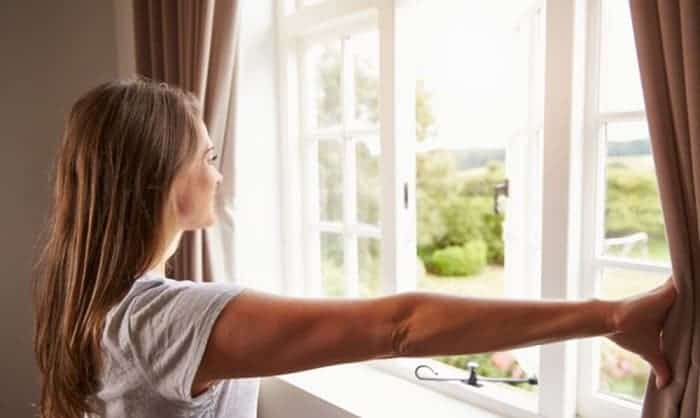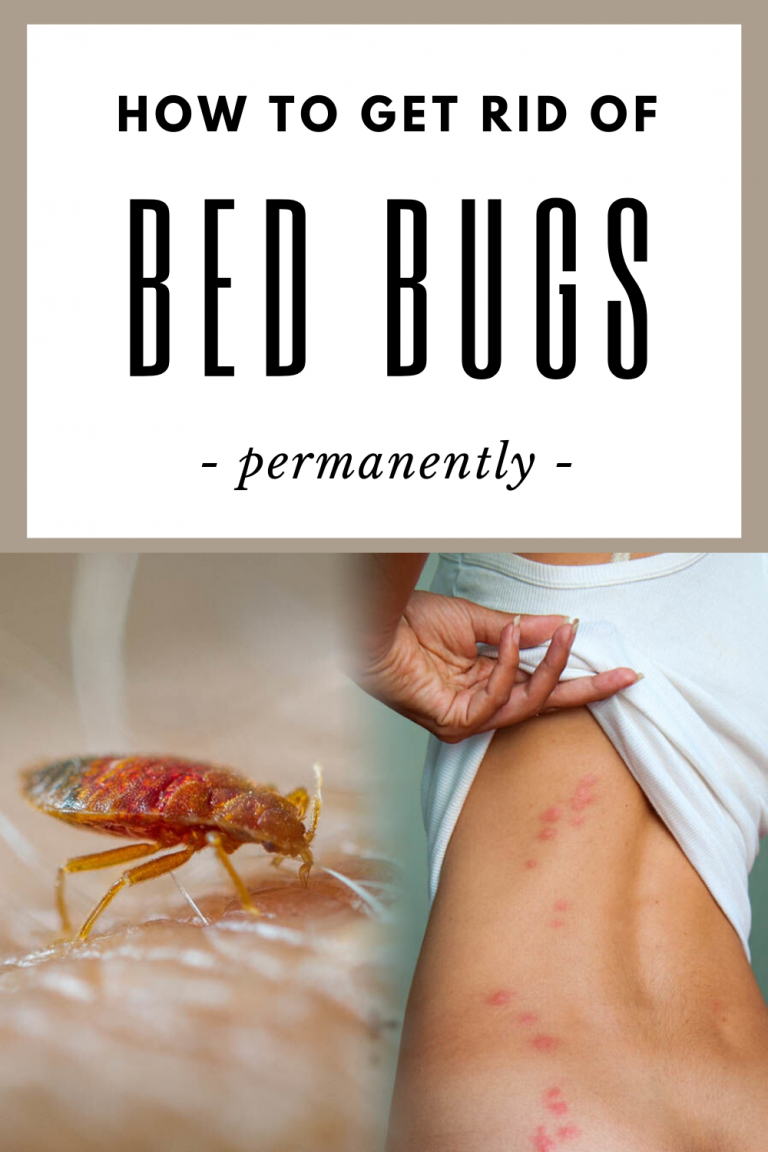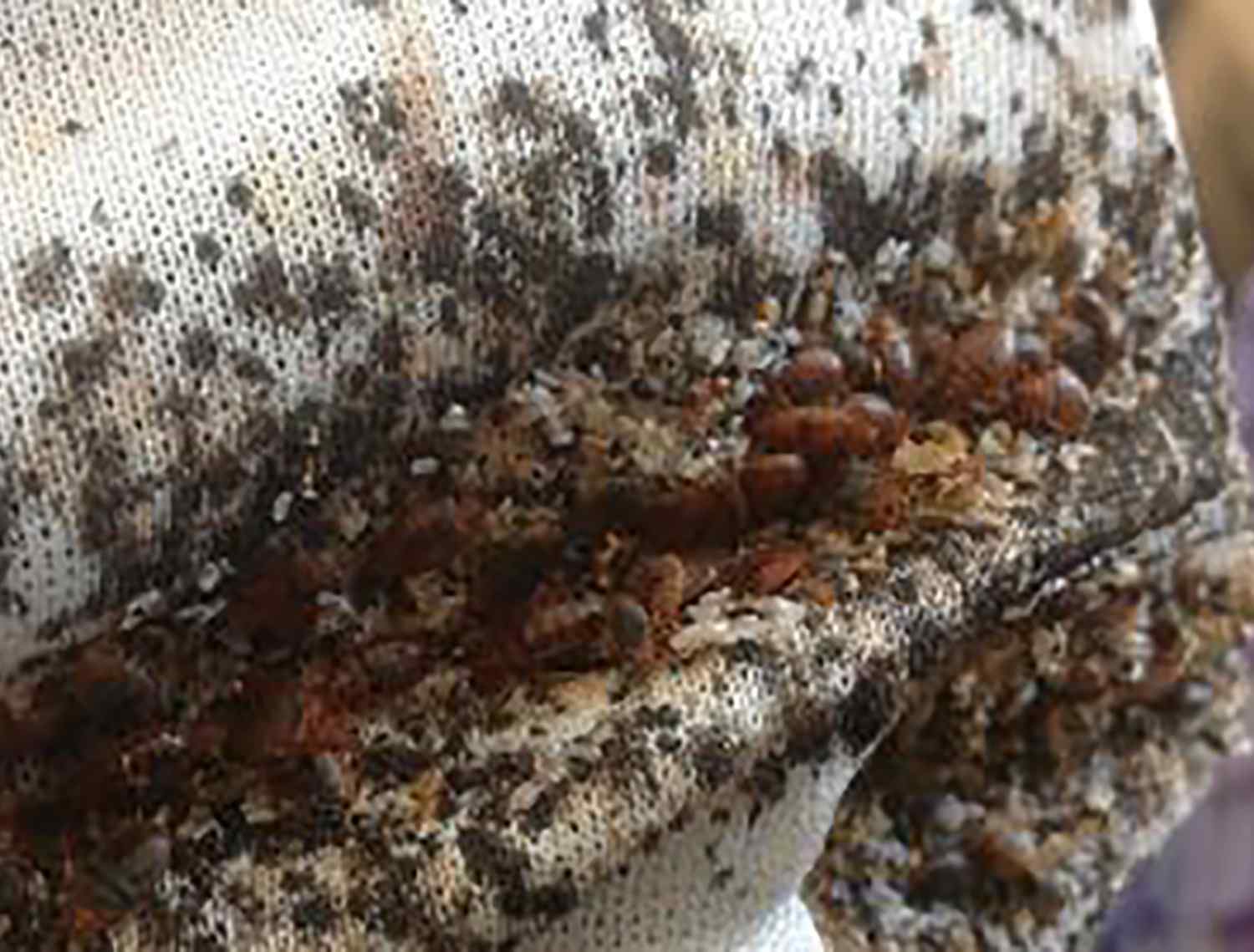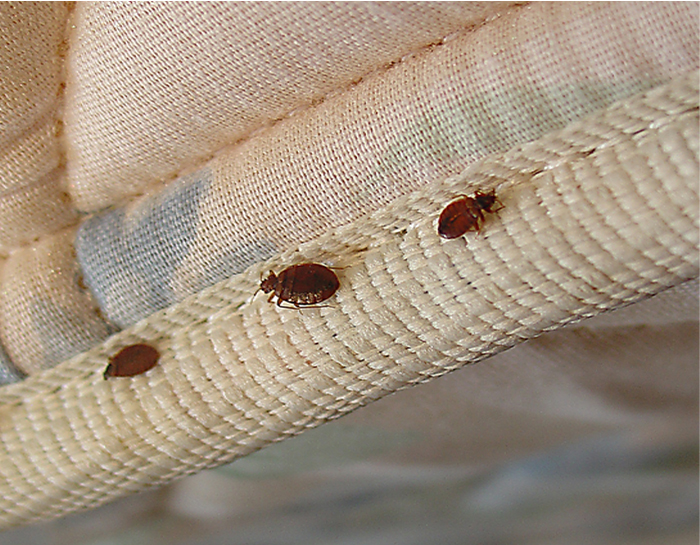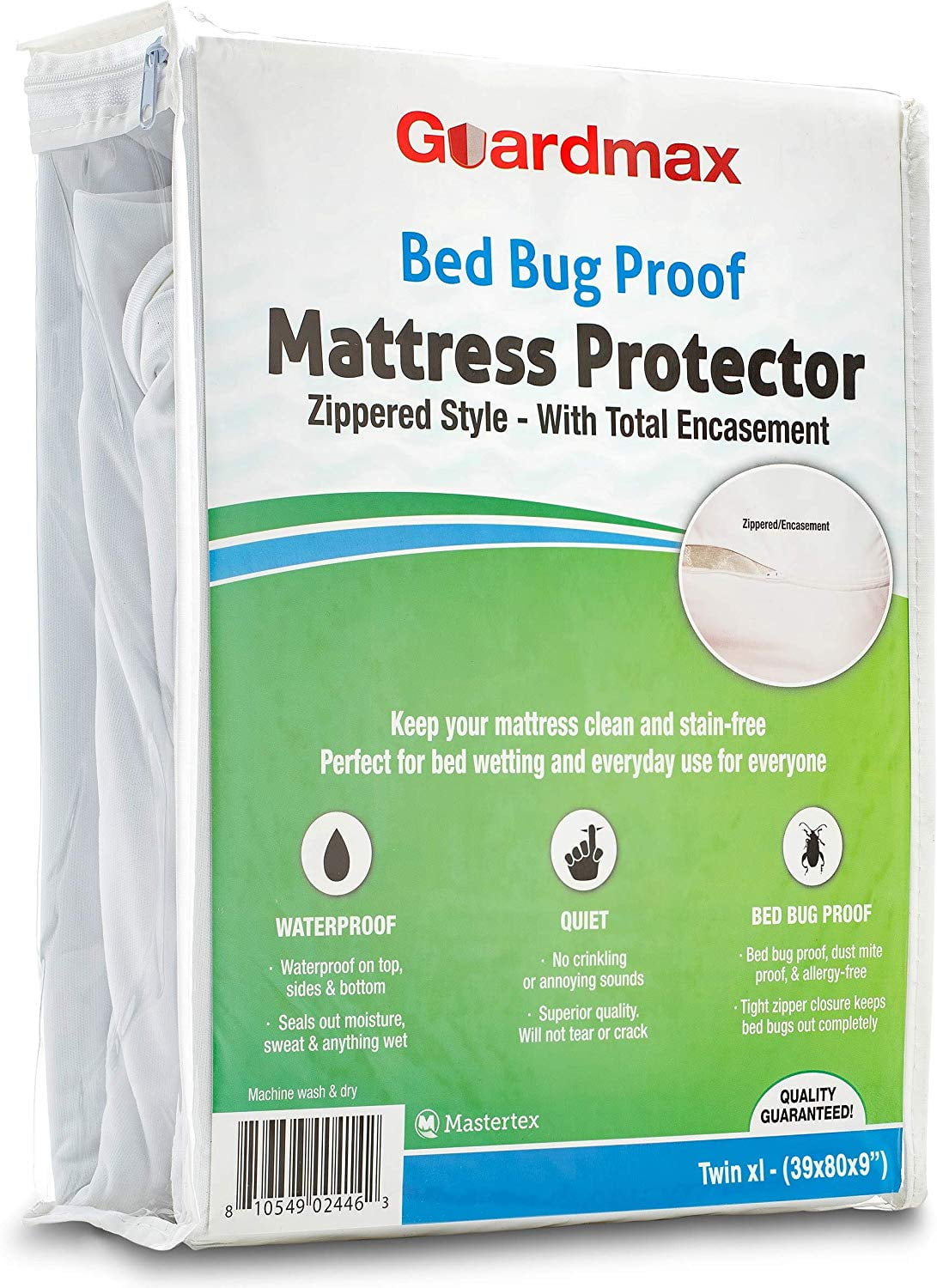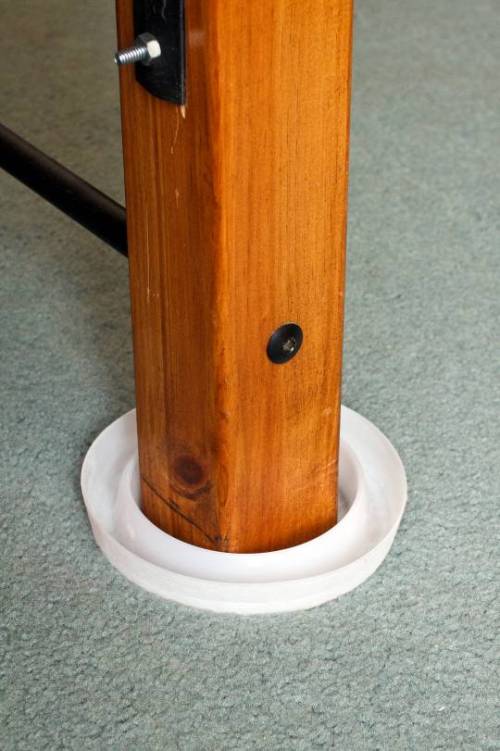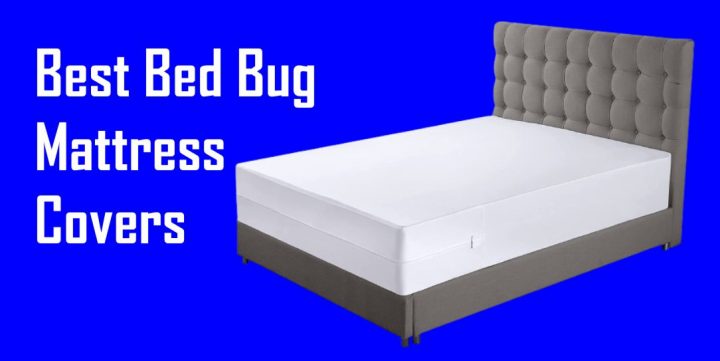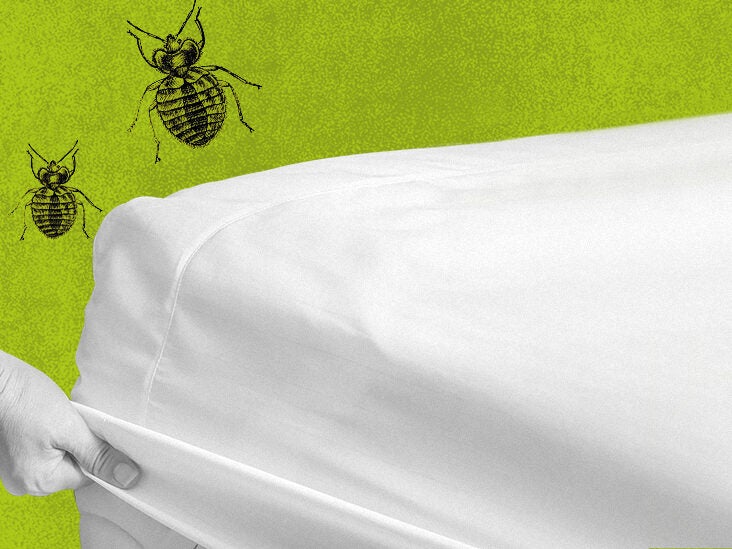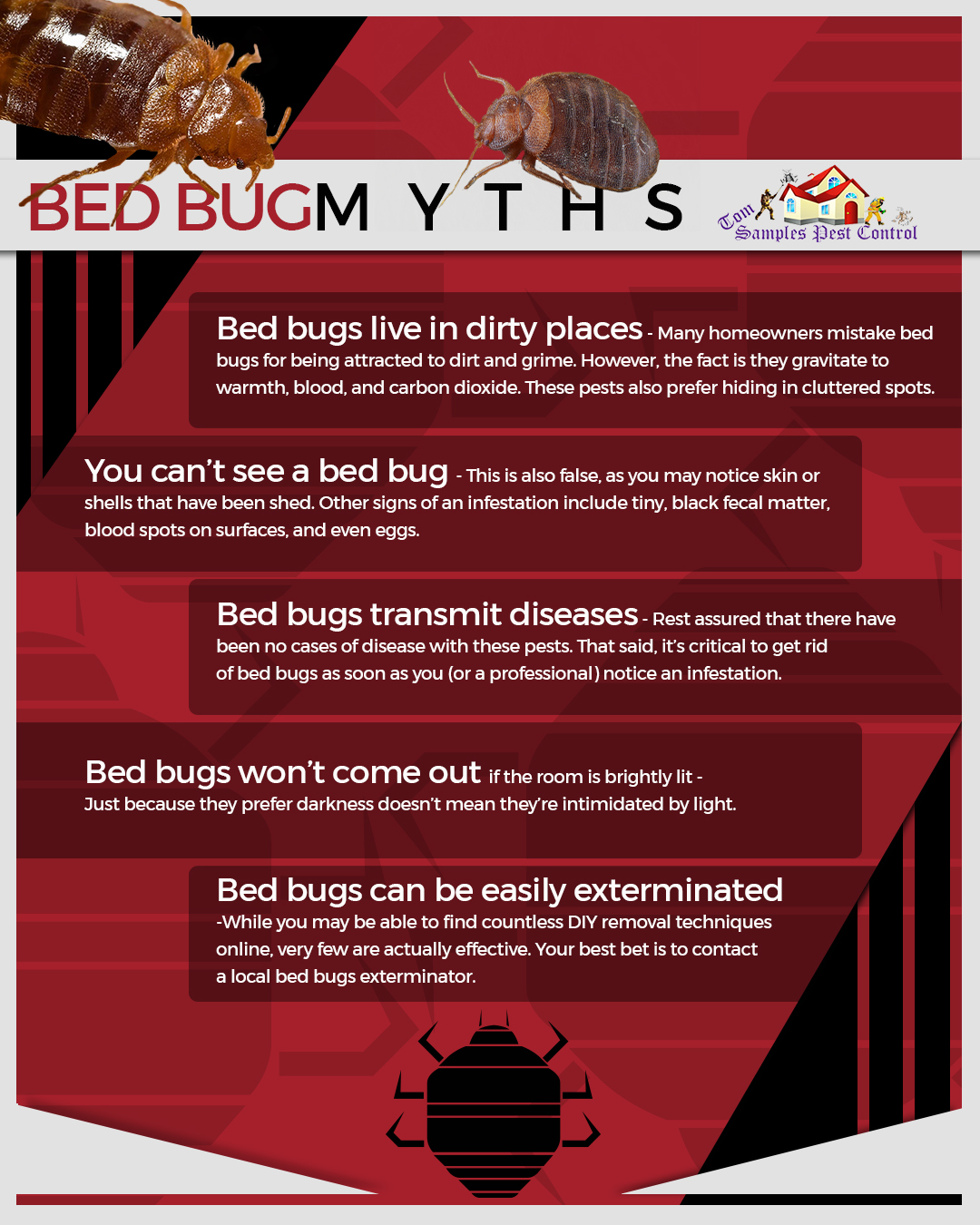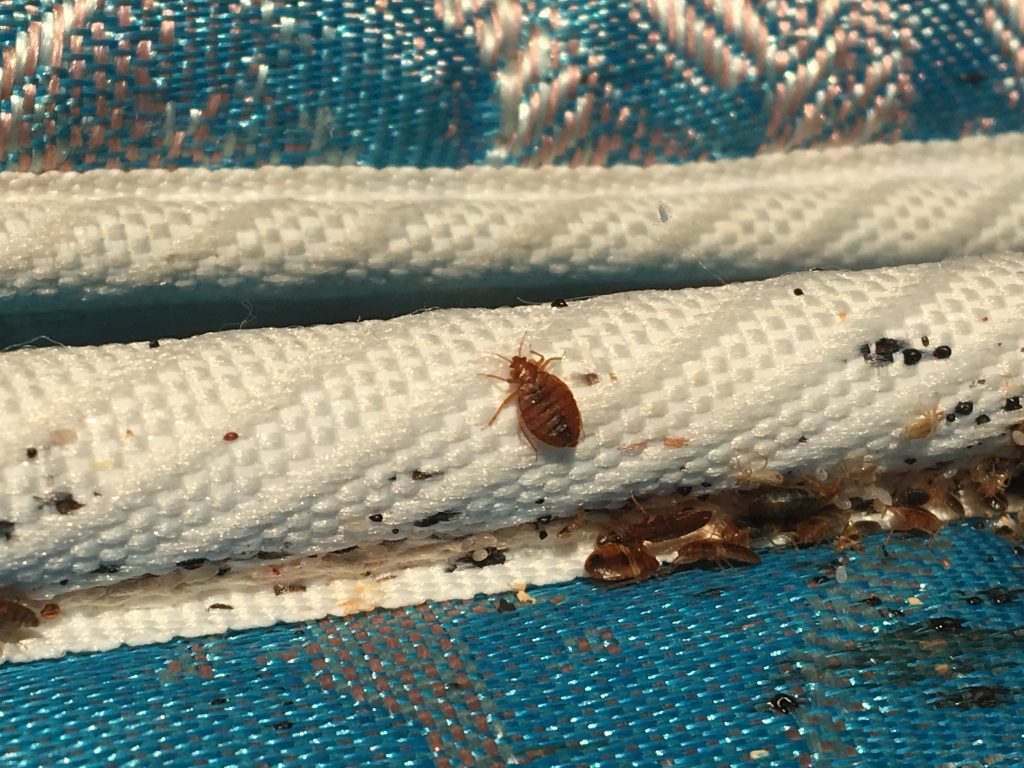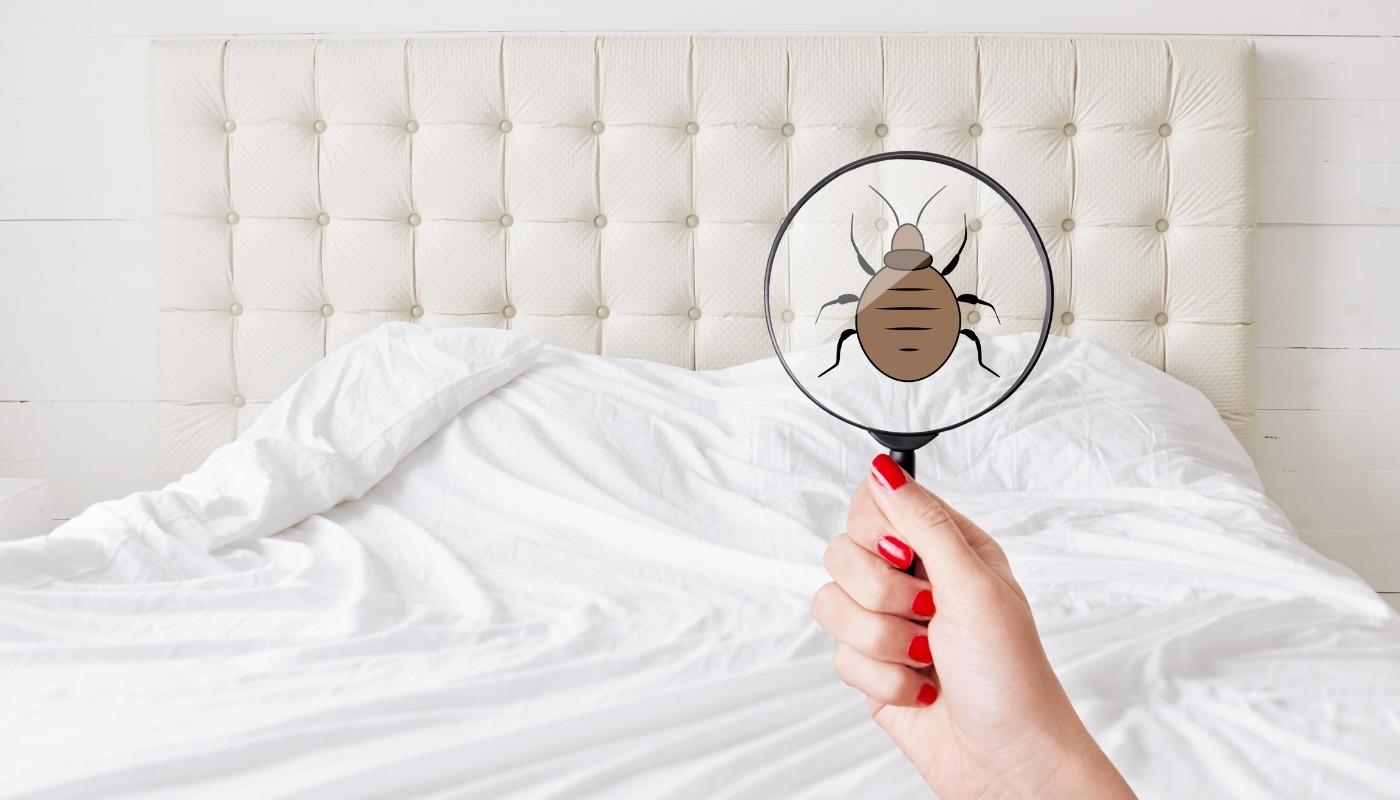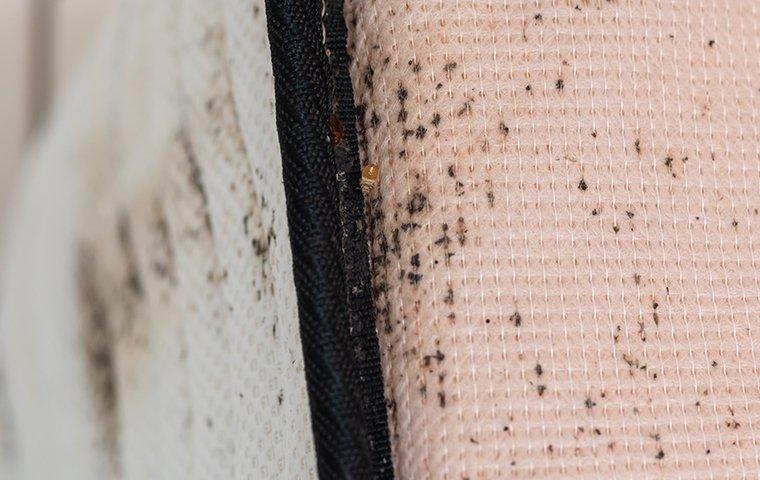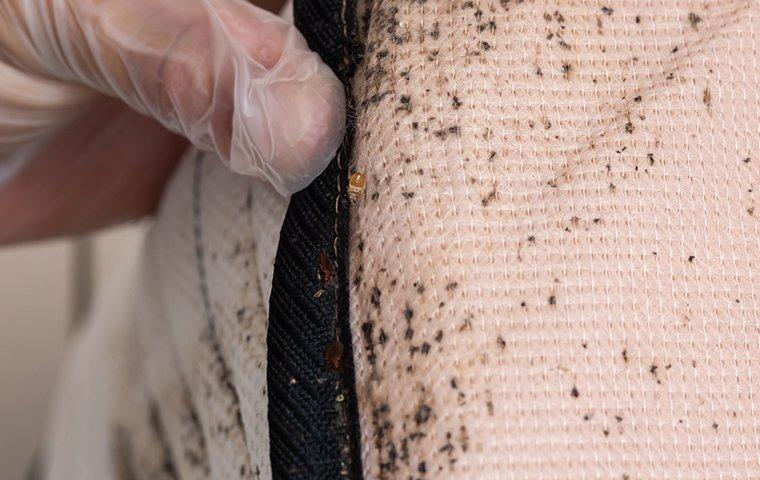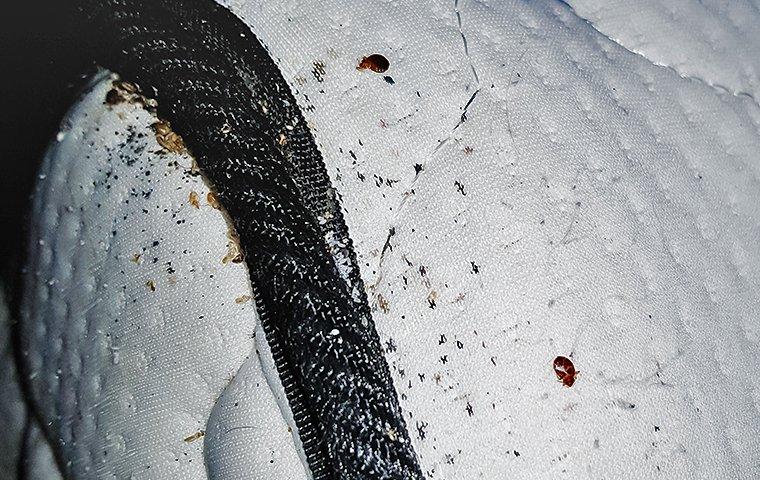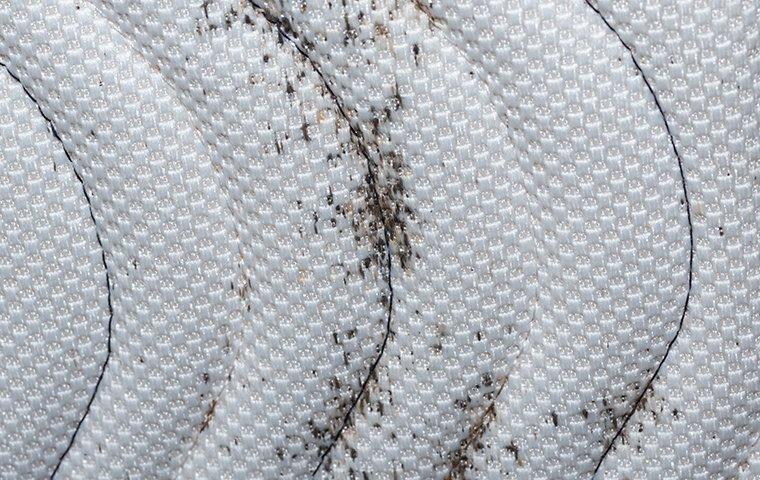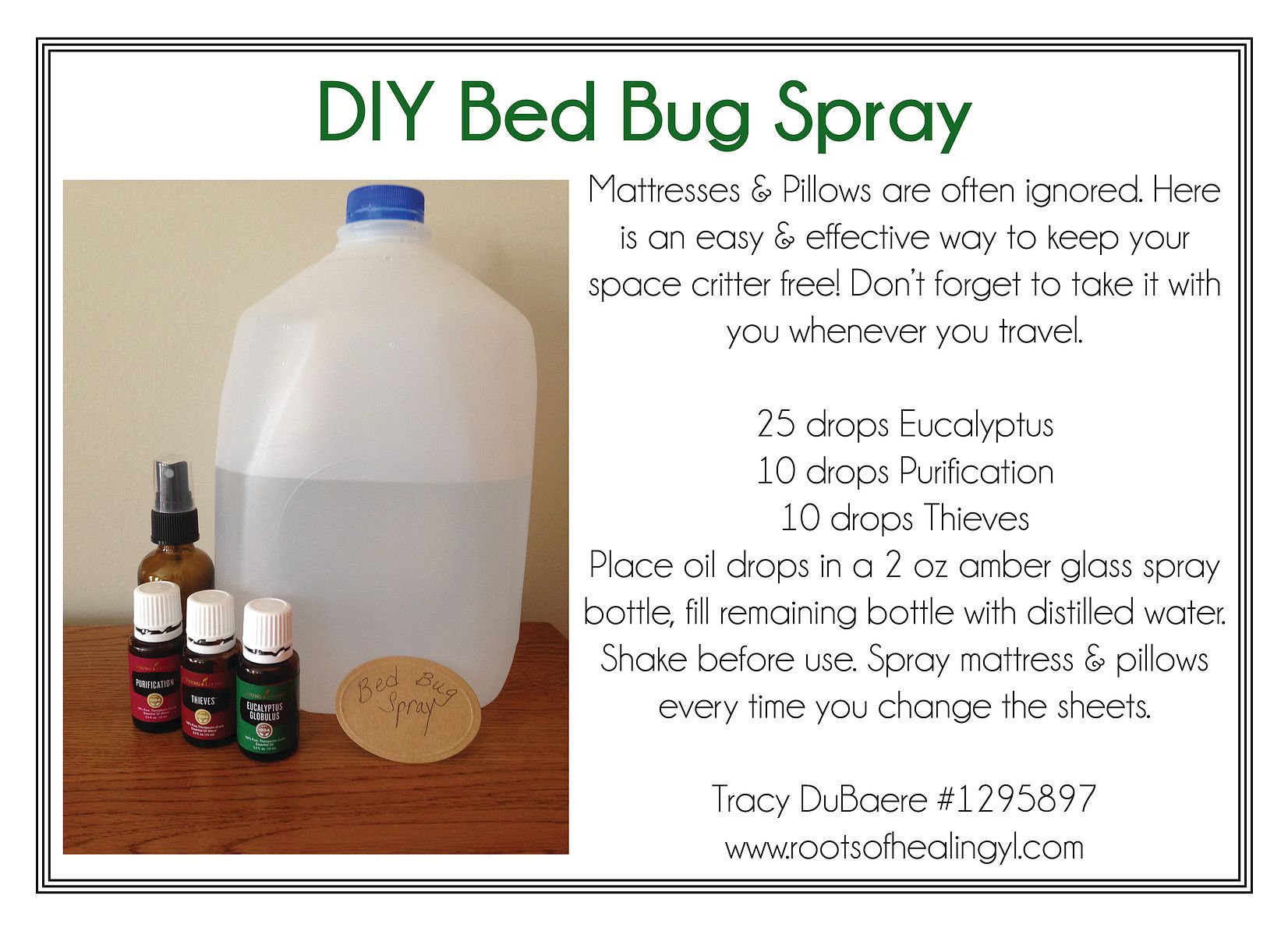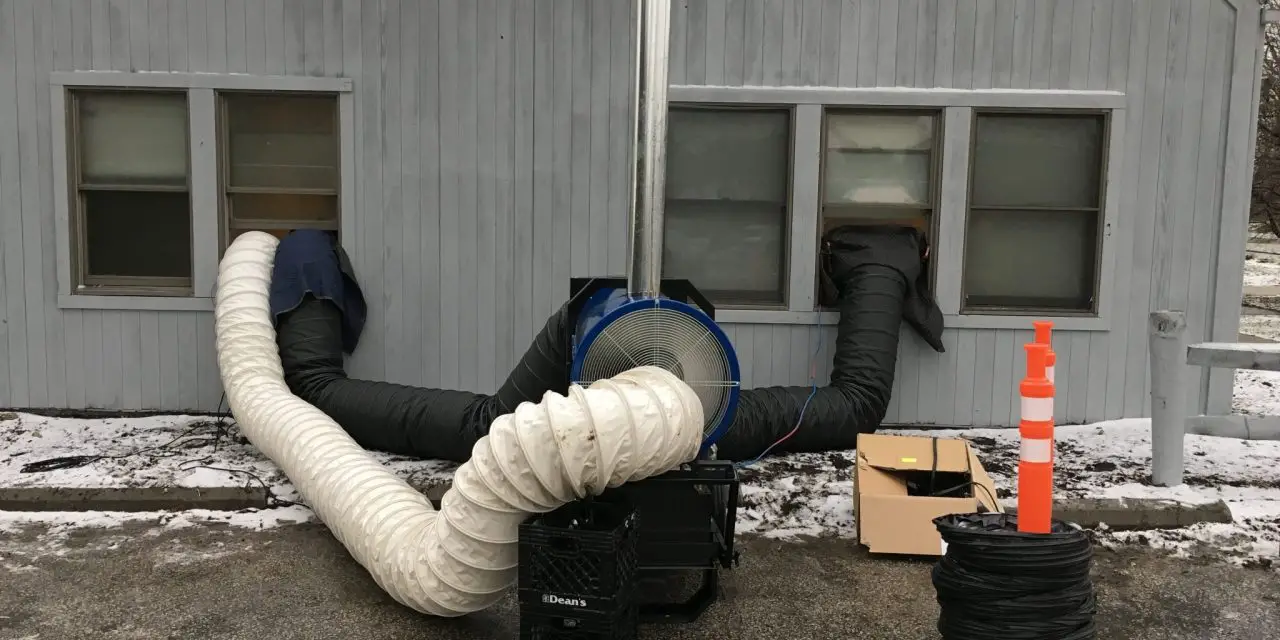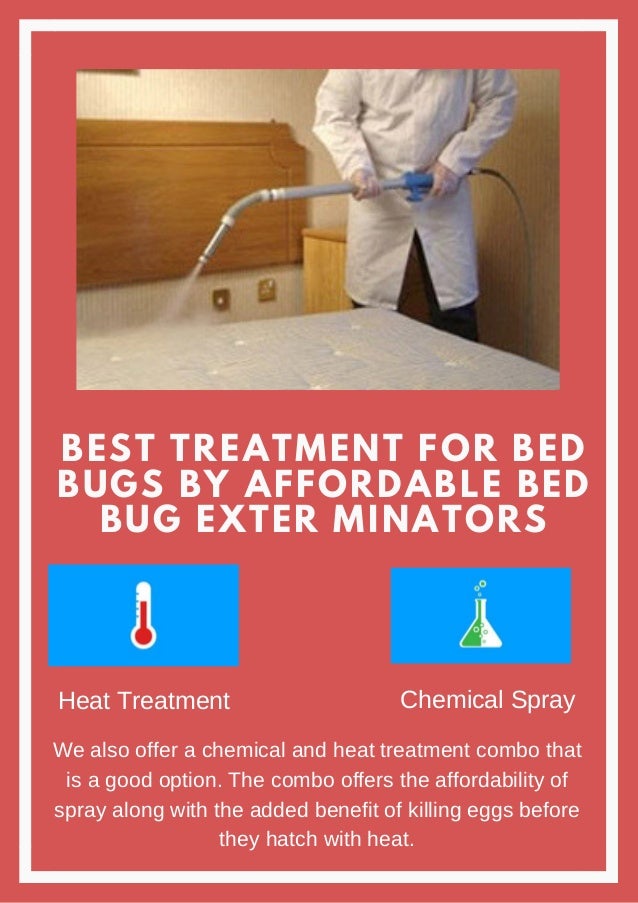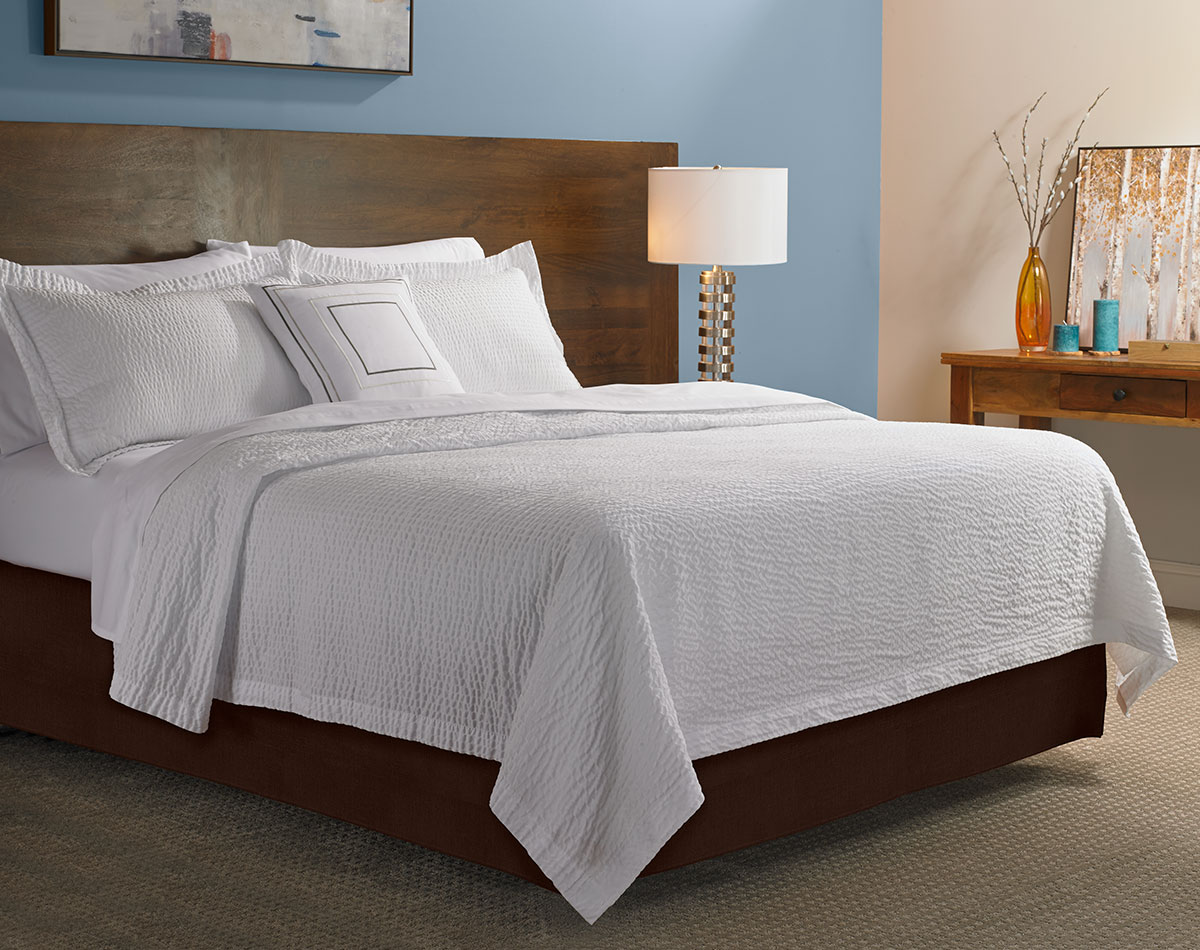After undergoing the stressful and frustrating process of bed bug treatment, the last thing you want is for those pesky bugs to return to your mattress. That's why it's crucial to take proper steps to clean and protect your mattress after bed bug treatment. Here's how to do it effectively.How to Clean a Mattress After Bed Bug Treatment
The first step in cleaning your mattress after bed bug treatment is to get rid of any remaining bugs and their eggs. Use a vacuum with a HEPA filter to thoroughly vacuum your mattress, paying extra attention to seams, crevices, and edges. You can also use a steamer to kill any remaining bugs and their eggs.How to Get Rid of Bed Bugs in a Mattress
One of the best ways to protect your mattress from a bed bug infestation is to use a mattress cover. Look for covers that are specifically designed for bed bug protection and are made of a material that is impenetrable to bugs. These covers should also be breathable and comfortable to sleep on.Best Mattress Covers for Bed Bug Protection
Once your mattress is clean and protected, it's important to take steps to prevent bed bugs from returning. Regularly wash your bedding and dry it on high heat to kill any potential bed bugs. Avoid placing your mattress on the floor and keep it away from walls and furniture to prevent re-infestation.How to Prevent Bed Bugs from Returning to Your Mattress
If you want to ensure that all bed bugs and their eggs are completely eliminated from your mattress, you can use heat treatment. This involves placing your mattress in a specialized heating chamber that reaches temperatures high enough to kill bed bugs. This method is effective but can be costly.Using Heat Treatment to Kill Bed Bugs in Your Mattress
Regularly inspecting your mattress for bed bugs is crucial for catching an infestation early on. Use a flashlight and a magnifying glass to thoroughly check your mattress for any signs of bed bugs, such as stains, shed skins, or live bugs. If you spot any, take immediate action to treat the infestation.How to Inspect Your Mattress for Bed Bugs
If your mattress has been infested with bed bugs, it's important to take proper steps to dispose of it to prevent the bugs from spreading. Wrap the mattress in plastic and label it as infested. Contact your local waste management company to find out how to properly dispose of it, as throwing it out with regular trash could lead to further infestations.What to Do with a Mattress After Bed Bug Infestation
If you're hesitant to throw out your mattress, you can also try treating it with pesticides specifically designed for bed bugs. However, this method can be risky and should only be done by a professional. It's also important to note that some pesticides may be harmful to your health, so be sure to follow all safety precautions.How to Dispose of a Mattress Infested with Bed Bugs
While hiring a professional is often the most effective way to treat a bed bug infestation, there are some DIY methods you can try. These include using natural remedies such as diatomaceous earth and essential oils, as well as using mattress encasements and regularly washing and drying your bedding on high heat.DIY Bed Bug Mattress Treatment Methods
If you've tried DIY methods and are still struggling with a bed bug infestation in your mattress, it may be time to call in the professionals. Professional bed bug treatments may include heat treatment, fumigation, or pesticide application. Be sure to research and choose a reputable and experienced pest control company.Professional Mattress Bed Bug Treatment Options
The Importance of Proper Mattress Care After Bed Bug Treatment

Protecting Your Home and Health
 Bed bugs are a persistent problem that can wreak havoc on your home and your health. These tiny pests can quickly multiply and infest your mattress, causing bites and potential allergic reactions. If you have recently undergone bed bug treatment, it is crucial to take steps to protect your home and health from a potential re-infestation. One of the most important aspects of post-treatment care is properly caring for your mattress.
Bed bugs are a persistent problem that can wreak havoc on your home and your health. These tiny pests can quickly multiply and infest your mattress, causing bites and potential allergic reactions. If you have recently undergone bed bug treatment, it is crucial to take steps to protect your home and health from a potential re-infestation. One of the most important aspects of post-treatment care is properly caring for your mattress.
Thorough Cleaning and Inspection
 After a bed bug treatment, it is essential to thoroughly clean and inspect your mattress. Use a vacuum with a HEPA filter to remove any remaining bugs or eggs. Pay close attention to seams, crevices, and folds where bed bugs like to hide. Once you have vacuumed your mattress, use a stiff brush to dislodge any remaining eggs or bugs. It is also recommended to steam clean your mattress to kill any stubborn bed bugs that may have survived the treatment.
After a bed bug treatment, it is essential to thoroughly clean and inspect your mattress. Use a vacuum with a HEPA filter to remove any remaining bugs or eggs. Pay close attention to seams, crevices, and folds where bed bugs like to hide. Once you have vacuumed your mattress, use a stiff brush to dislodge any remaining eggs or bugs. It is also recommended to steam clean your mattress to kill any stubborn bed bugs that may have survived the treatment.
Encasing Your Mattress
 To prevent a re-infestation, it is highly recommended to encase your mattress in a
bed bug-proof encasement
. These encasements are made of a tightly woven material that prevents bed bugs from entering or escaping. They also make it easier to spot any remaining bed bugs on your mattress, as they will be trapped inside the encasement.
To prevent a re-infestation, it is highly recommended to encase your mattress in a
bed bug-proof encasement
. These encasements are made of a tightly woven material that prevents bed bugs from entering or escaping. They also make it easier to spot any remaining bed bugs on your mattress, as they will be trapped inside the encasement.
Regular Inspections and Maintenance
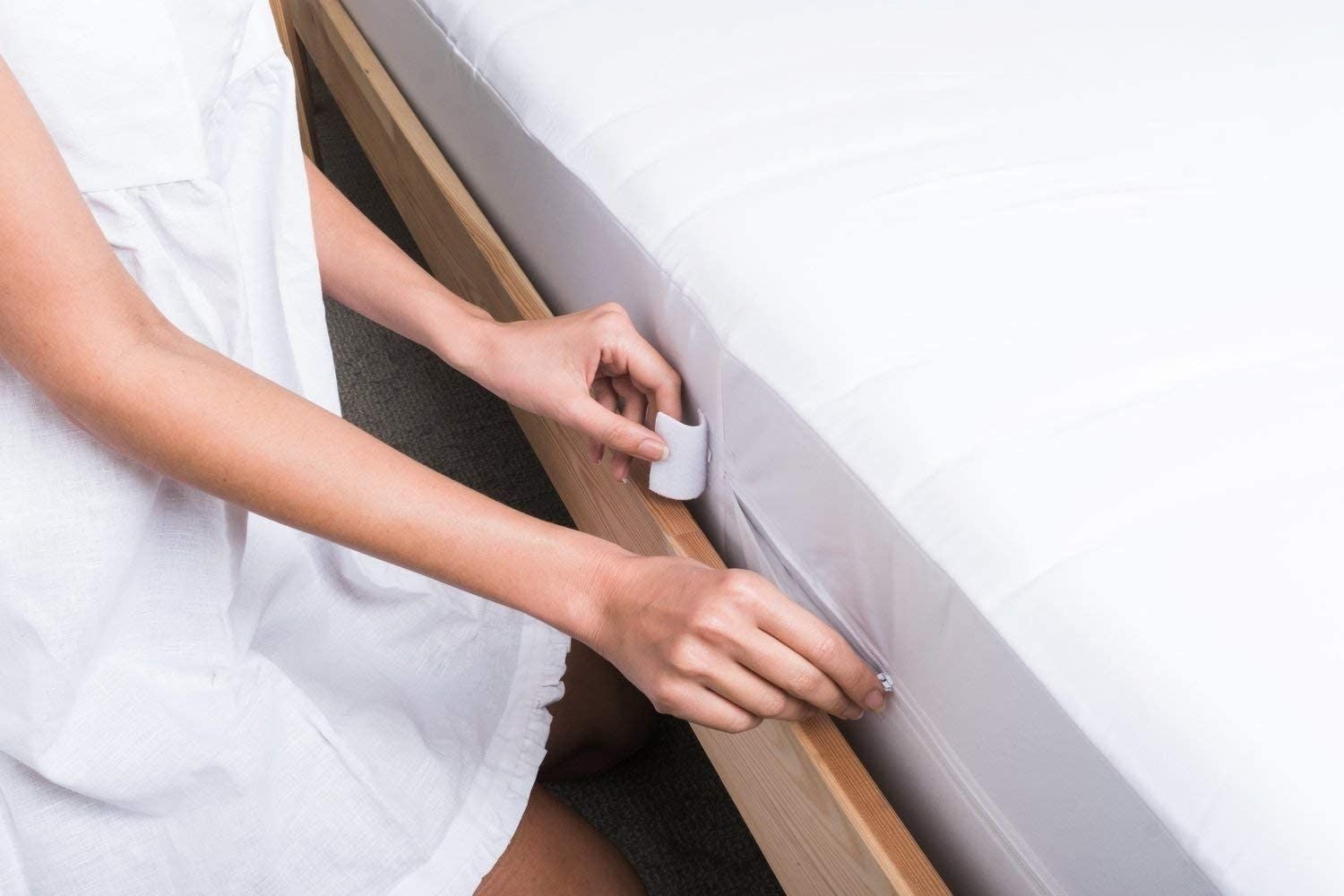 After encasing your mattress, it is crucial to regularly inspect and maintain it. Check for any signs of bed bugs, such as live bugs or eggs, and immediately take action if you spot any. It is also important to regularly wash and dry your bedding on high heat to kill any potential bed bugs. Keeping a clean and clutter-free bedroom can also help prevent bed bugs from infesting your mattress.
After encasing your mattress, it is crucial to regularly inspect and maintain it. Check for any signs of bed bugs, such as live bugs or eggs, and immediately take action if you spot any. It is also important to regularly wash and dry your bedding on high heat to kill any potential bed bugs. Keeping a clean and clutter-free bedroom can also help prevent bed bugs from infesting your mattress.
Consulting a Professional
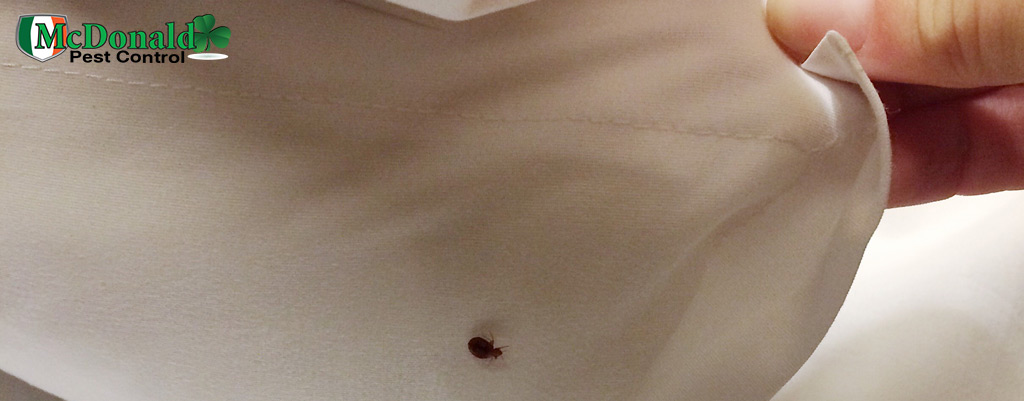 If you continue to experience bed bug problems or are unsure of how to properly care for your mattress after treatment, it is best to consult a professional. They can provide guidance on the best practices for post-treatment mattress care and help prevent a re-infestation.
Properly caring for your mattress after bed bug treatment is crucial to protect your home and health. Taking the time to thoroughly clean, inspect, and encase your mattress, as well as regularly maintaining and consulting a professional, can help ensure that your home remains bed bug-free. Don't let these tiny pests disrupt your life any longer - take the necessary steps to protect yourself and your home.
If you continue to experience bed bug problems or are unsure of how to properly care for your mattress after treatment, it is best to consult a professional. They can provide guidance on the best practices for post-treatment mattress care and help prevent a re-infestation.
Properly caring for your mattress after bed bug treatment is crucial to protect your home and health. Taking the time to thoroughly clean, inspect, and encase your mattress, as well as regularly maintaining and consulting a professional, can help ensure that your home remains bed bug-free. Don't let these tiny pests disrupt your life any longer - take the necessary steps to protect yourself and your home.







